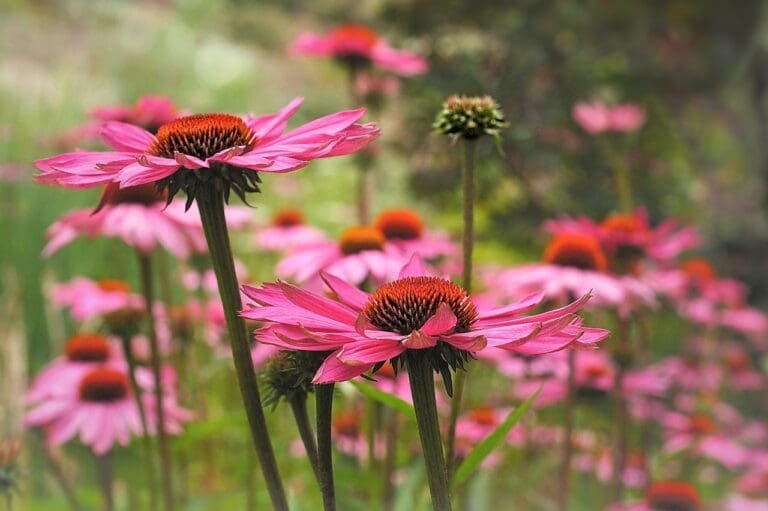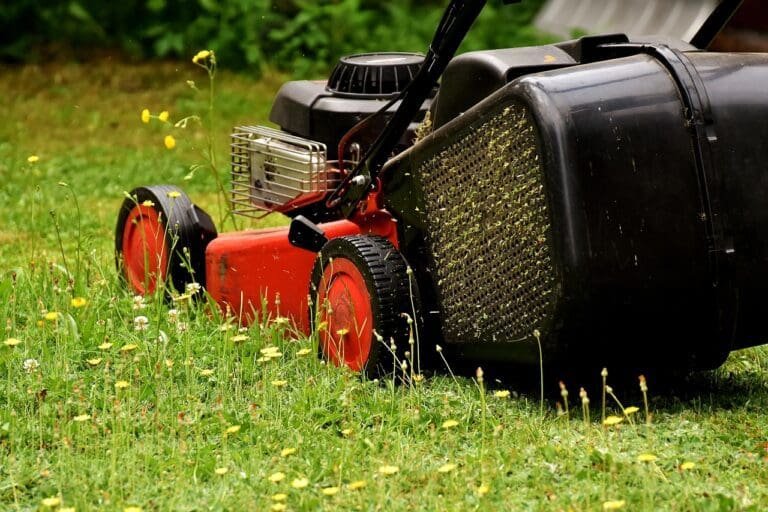Our gardens are a sanctuary for many of us. Flowers in full bloom, fresh vegetables waiting to be plucked, and the melodious chirping of birds. But for some of us, there’s a slimy problem afoot: slugs and snails. Many are perplexed by the sudden surge in their numbers.
Let’s explore why these critters are taking over and, more importantly, how to ensure your garden doesn’t remain their favourite haunt.
This post contains affiliate links which means we may make commission from any qualifying sales with no extra cost to yourself.
At A Glance: Battling Slugs and Snails Naturally
- Environmental Factors: The wet summer of 2023 has spiked slug and snail populations.
- Garden Damage: They can harm plants, reducing vegetable yields and affecting aesthetics.
- Natural Solutions: Employ barriers, traps, and organic deterrents to fend them off.
- Ecological Balance: Slugs and snails play a key role in nutrient cycling and decomposition.
- Garden Design: Modify your garden layout and plant choices to make it less slug friendly.
Factors Contributing to the Abundance of Slugs and Snails

Environmental Factors
The year 2023 has been an exceptionally wet summer for the UK. This rise in moisture and humidity provides an ideal environment for slugs and snails, akin to a luxury retreat for them. These creatures thrive in damp conditions and the weather has given them an open invitation.
Garden Design & Plant Choices
Beyond just the weather, our choices in the garden also play a crucial role. Dense plantings, ground covers, and leafy debris can inadvertently become cosy shelters for these slimy beings. Moreover, some plants attract them more than others, serving as a gourmet meal for their kind.
Cultural Practices
It’s not just what we plant but how we care for our garden that counts. Over-watering or watering late in the evening can create puddles and dampness that these critters adore. Proper watering techniques can help in keeping them at bay.
Top Tip
Encourage a diverse ecosystem in your garden by introducing features for natural predators, ensuring a harmonious balance that naturally keeps slugs and snails in check.
The Consequences of Excessive Slug and Snail Activity
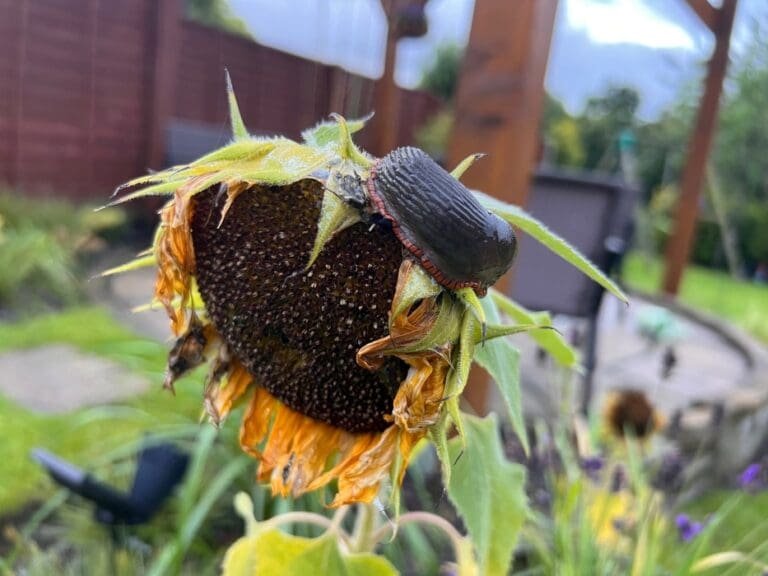
Plant Damage
For such small creatures, slugs and snails can cause significant havoc. They chew through leaves, flowers, and fruits, leading to unsightly holes and damages. Some plants can become entirely defoliated if the infestation is left unchecked.
Impact on Yields
For those who grow veggies in their garden, slugs and snails can be a real menace. They can considerably reduce yields, attacking young seedlings, munching through mature plants, and even feasting on fruits.
Aesthetic Concerns
Beyond just the health of the plants, these pests can impact the overall visual appeal of your garden. Plants with damaged leaves and stems can affect the overall aesthetics, turning your beautiful haven into a war zone.
Effective Management Strategies
Physical Barriers and Traps
Consider building barriers using crushed eggshells, copper tapes, or sand. These textures are not slug or snail favourites. Additionally, beer traps are an old but gold method, where the creatures are lured into a container filled with beer, from which they can’t escape.
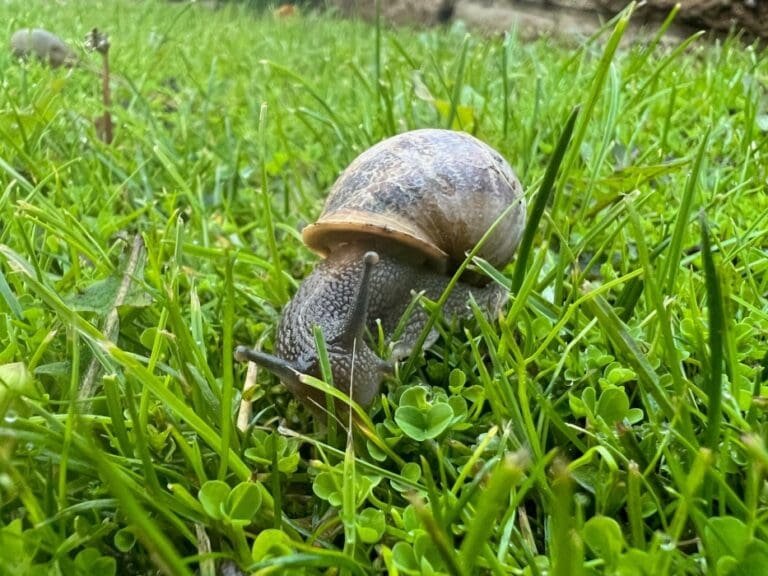
Organic Solutions
Diatomaceous earth acts as a natural deterrent. Sprinkling it around plants creates a barrier slugs and snails hesitate to cross. Iron phosphate-based baits are another organic solution which, when consumed by these pests, makes them lose their appetite and eventually perish.
Integrated Pest Management (IPM)
It’s essential to have a holistic approach. IPM focuses on a combination of practices, ensuring long-term control. This includes understanding their life cycle, using natural predators, and proper garden sanitation.
Natural Predators and Allies
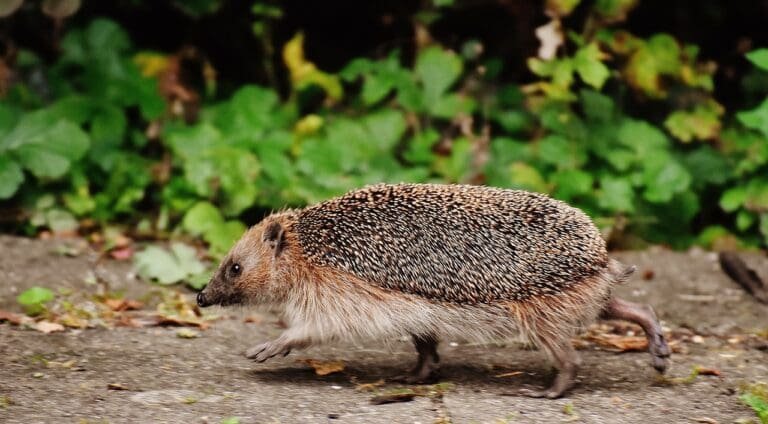
Mother Nature, in her infinite wisdom, always has a way to maintain balance. When it comes to slugs and snails, various creatures play the role of natural guardians for our gardens. By promoting habitats for these predators and allies, we can achieve a more organic and harmonious control over slug and snail populations.
Frogs and Toads
Arguably the garden’s best friends when it comes to slug and snail control, both frogs and toads are voracious eaters of these slimy invaders. They are particularly active during the twilight hours, the same time when slugs and snails tend to venture out.
Having a garden pond or even a simple water feature can encourage these amphibians to take residence in your garden. Additionally, leaving small, damp, shady spots or creating toad houses can offer them a cosy shelter.
Birds
Many birds, especially the thrush, have a particular fondness for snails. You can often spot a thrush smashing a snail shell against a stone to get to its delicious treat inside. Blackbirds, robins, and starlings are also known to snack on slugs and snails. By providing bird-friendly features, like birdhouses, baths, and feeders, you can invite these natural predators to your garden and watch them work their magic.
Ground Beetles
These nocturnal insects are an unsung hero in the fight against slugs and snails. Certain species of ground beetles, which can be identified by their shiny, dark, and hard wing cases, feed on slugs and their eggs. They love to hide under logs, stones, or leaf litters during the day. So, leaving a few strategically placed logs or rocks can offer them a daytime retreat and increase their presence in your garden.
Hedgehogs
Often adored for their cute appearance, hedgehogs are also slug and snail’s natural predators. These spiky creatures forage at night, and a single hedgehog can consume numerous slugs in one evening. Creating hedgehog-friendly spots, ensuring they have safe pathways and access to water, can make your garden a haven for them.
By recognising and nurturing the habitats of these natural predators and allies, gardeners can take a harmonious approach to slug and snail management. It’s an environmentally-friendly method that enriches the biodiversity of your garden while ensuring your plants remain untouched by these common pests.
The Role of Slugs and Snails in the Ecosystem
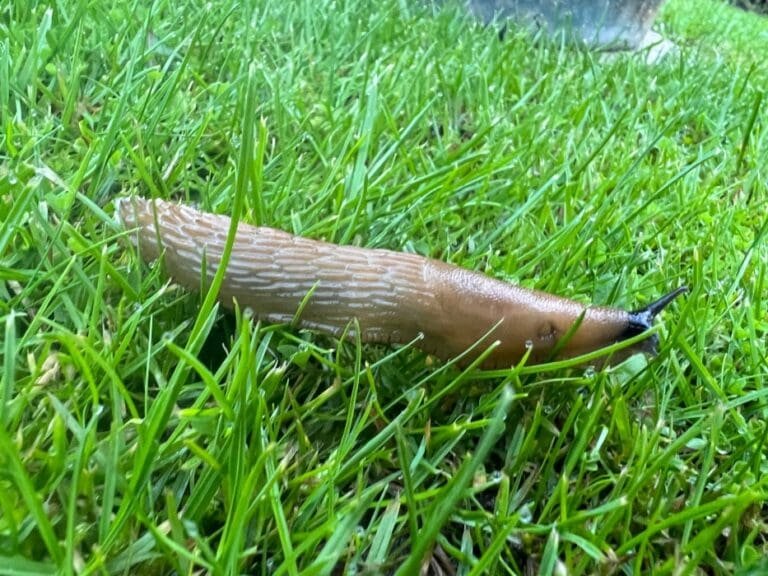
Nutrient Cycling and Decomposition
Before we label them as mere pests, (perhaps a little late for that) it’s worth noting that slugs and snails play a pivotal role in nutrient cycling. They break down organic matter, aiding in decomposition and returning vital nutrients to the soil.
Balancing Their Presence
While they may be a gardener’s headache, understanding their role in the ecosystem is crucial. The challenge lies in striking a balance between allowing them to fulfil their ecological role and ensuring they don’t overrun our gardens.
Cultivating an Unfavourable Environment for Slugs and Snails
Garden Design Modifications
Consider spacing out your plants, reducing ground cover, and regularly removing leafy debris. This reduces their hiding spots and makes the environment less appealing.
Regulating Moisture Levels
Water your garden early in the day so it dries out by evening, making it less hospitable for them. Proper drainage systems can also help in ensuring there are no damp spots.
Planting Choices
Certain plants like rosemary, fennel, and geraniums are less appealing to these pests. Introducing such plants can deter them from making your garden their home.
Final thoughts
Slugs and snails may be small, but their impact on our gardens can be substantial. While we recognise their ecological importance, it’s crucial to ensure they don’t overstay their welcome. By understanding the factors that attract them and implementing natural deterrents, we can coexist harmoniously.
Frequently Asked Questions
Q. Why do I suddenly have slugs in my garden?
A sudden surge of slugs in your garden can be attributed to various factors. Environmental conditions such as increased rainfall or prolonged dampness can create a haven for slugs. Additionally, your gardening choices, like certain plants or ground covers, can be more inviting for them. Over-watering or watering your garden during the evening can also leave the garden moist overnight, providing an ideal environment for slugs.
Q. Is it bad to have slugs in your garden?
While slugs do play an ecological role by aiding in decomposition and nutrient cycling, an overabundance can be problematic. They feed on a variety of plants, leading to leaf damage, defoliation, and reduced vegetable yields. Excessive slug activity can hamper the health of your plants and the overall aesthetic of your garden.
Q. How can I stop slugs coming into my garden?
To deter slugs from entering your garden, consider taking several preventative measures. Modify your watering routine by watering early in the day, allowing the garden to dry before nightfall. Introduce barriers like crushed eggshells, copper tape, or diatomaceous earth around your plants. Also, consider planting slug-resistant plants like rosemary or fennel. Regular garden sanitation, like removing dead leaves and debris, can also discourage slug activity.
Q. What do slugs hate most?
Slugs are not fond of dry, gritty surfaces. They dislike crossing over crushed eggshells, sharp sand, and diatomaceous earth. Copper is also a known deterrent, as slugs experience a slight electric shock when they come into contact with it. Certain plants, including rosemary, fennel, and geraniums, are less appealing to them, acting as natural repellents.
Q. How do I stop slugs appearing?
To prevent slugs from appearing in your garden, focus on creating an unfavourable environment for them. This includes ensuring proper drainage to avoid damp spots, spacing out plants to reduce hiding places, and avoiding over-watering. Regular garden maintenance, including removing potential slug shelters like leafy debris or dense ground covers, can also help. Encourage natural predators, such as birds or ground beetles, to keep slug populations in check.


